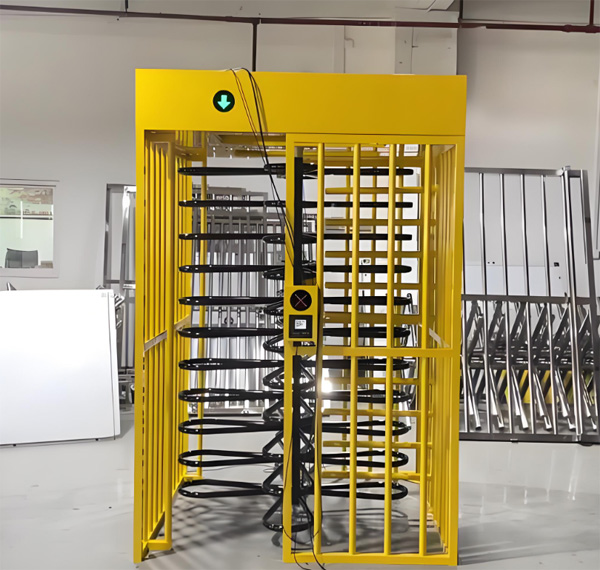0086-13924498389 info@qiruisafe.com
Full-height turnstiles, while effective for controlling access, can pose safety risks if not properly designed, installed, and maintained. Here are key measures to prevent dangers associated with them:
Ensure the turnstile meets ISO 13482 (Robots and robotic devices – Safety requirements) or ANSI/BHMA A156.10 (for pedestrian gates).
Follow OSHA guidelines for workplace safety to prevent entrapment or crushing hazards.
Panic Bars or Push-to-Exit Buttons: Allow quick release in emergencies (e.g., fire evacuations).
Breakaway Features: Some turnstiles have mechanical release systems that unlock under pressure.
Fail-Safe Mode: Ensure the turnstile defaults to an open position during power failure.
Infrared Sensors: Detect obstructions and stop or reverse rotation to prevent injury.
Pressure Sensors: Halt movement if someone is stuck.
Anti-Pinch Design: Smooth edges and minimal gaps to avoid finger/hand injuries.
Clear Instructions: Display how to operate the turnstile (e.g., "Swipe Card Here").
Emergency Exit Labels: Mark emergency release mechanisms clearly.
High-Visibility Markings: Reflective strips or bright colors to prevent collisions.
Check for mechanical wear, sensor malfunctions, or obstructions.
Test emergency releases periodically.
Lubricate moving parts to prevent jamming.
Avoid overcrowding by integrating queue management systems.
Provide alternative exits (e.g., wider gates for high-traffic areas).
Use slow-rotation motors to reduce impact force.
Ensure ADA-compliant gates are available nearby for wheelchair users and people with disabilities.
Avoid turnstile-only entry points where possible.
Train security staff on emergency procedures.
Educate users on proper operation (e.g., not forcing entry).
In fire exits or high-traffic zones, consider speed gates or optical turnstiles (which lack physical barriers).
